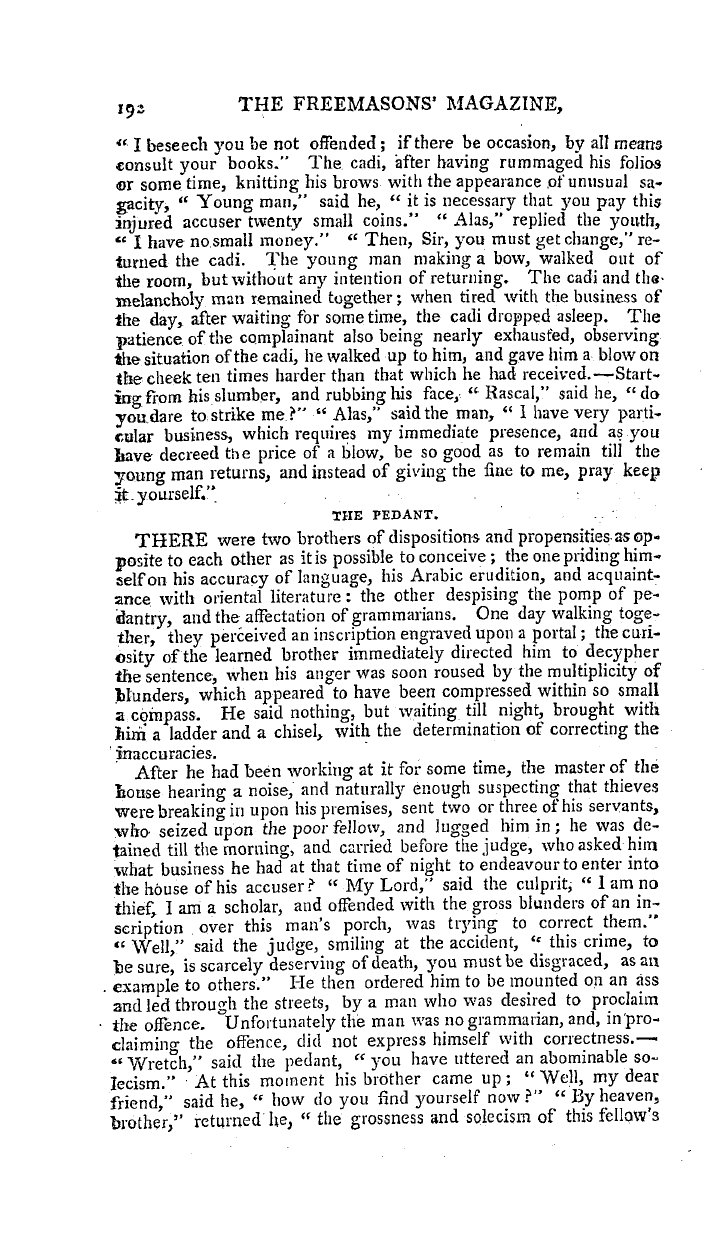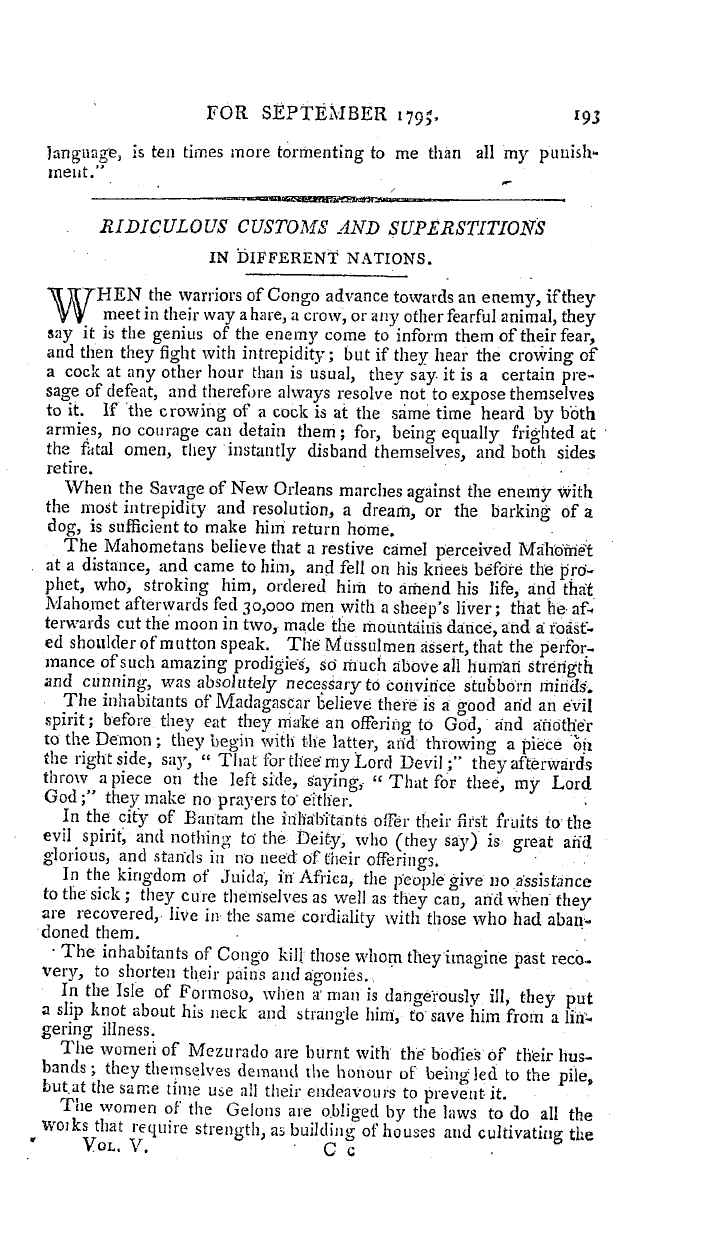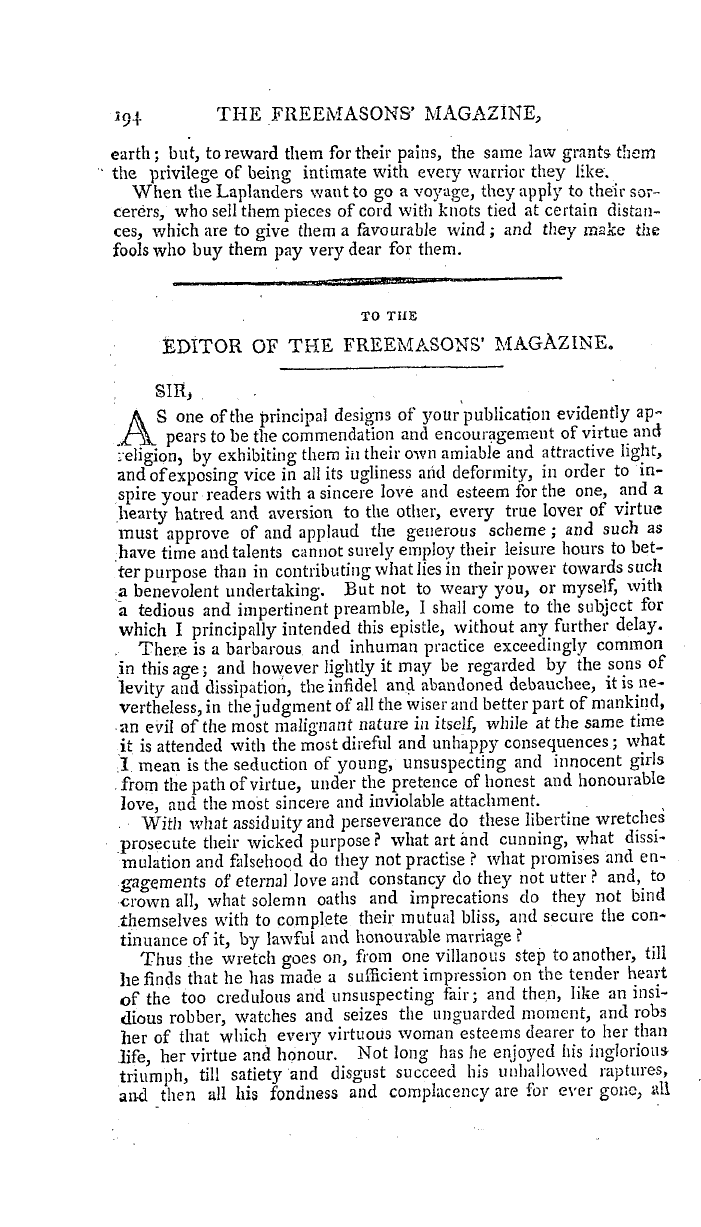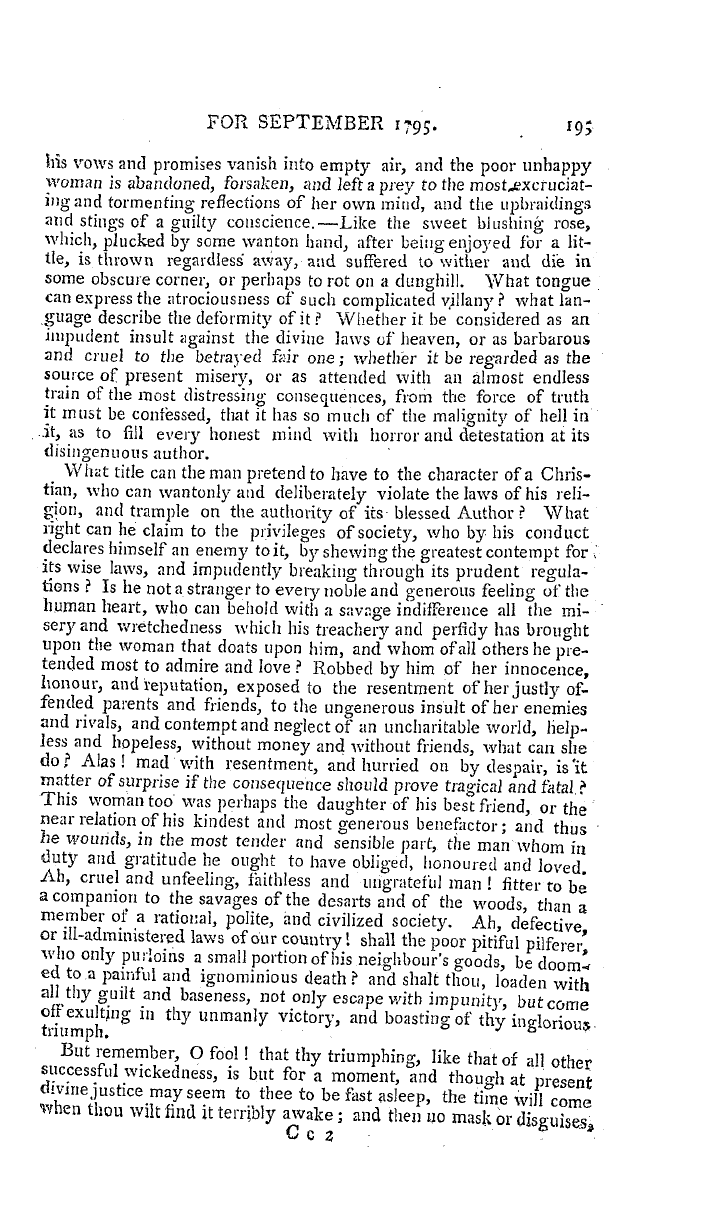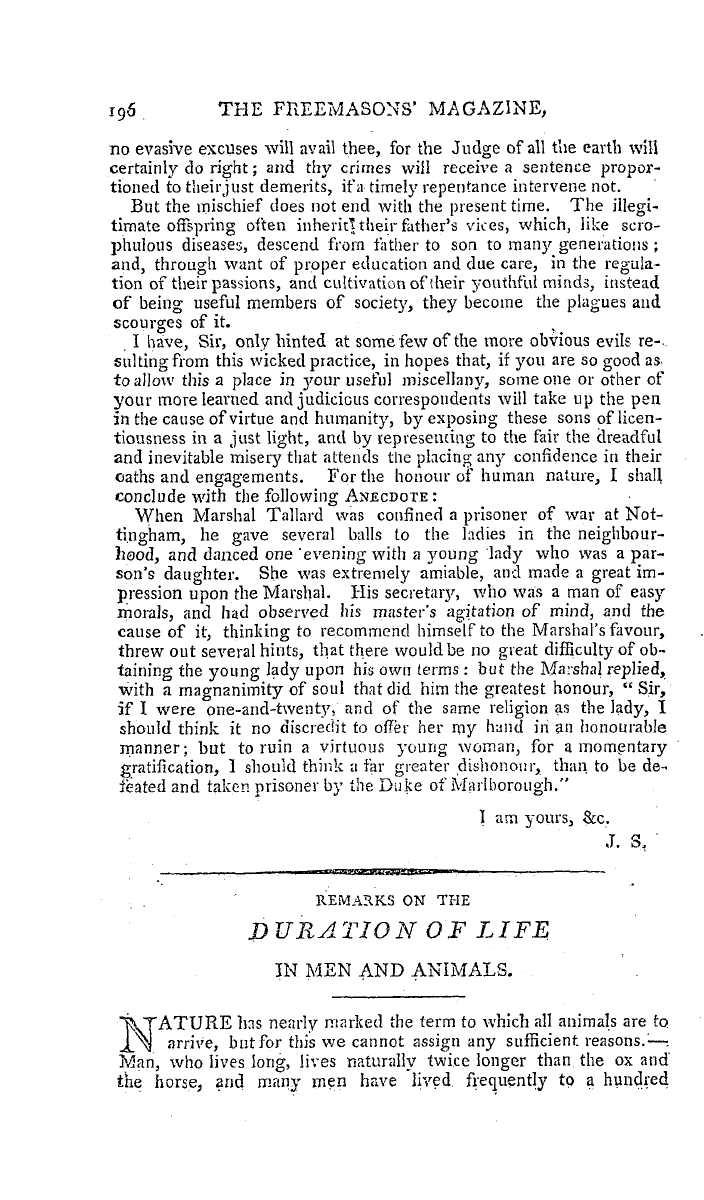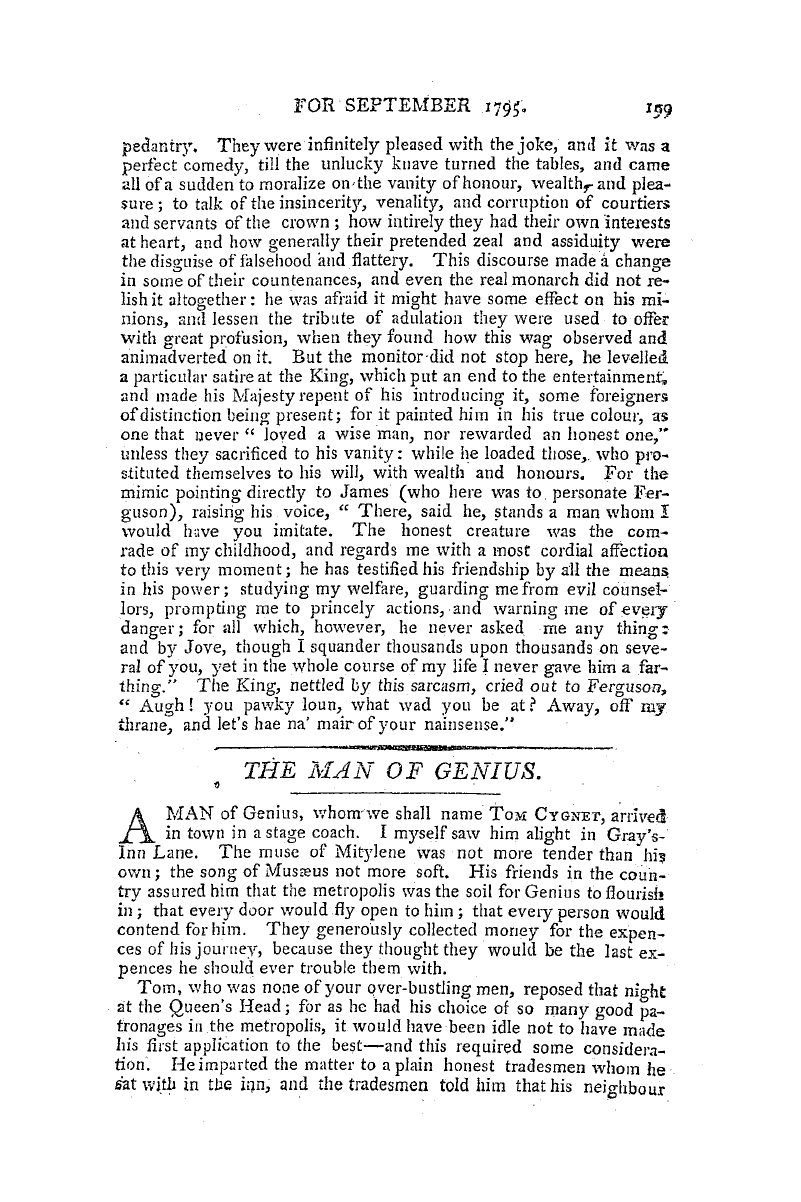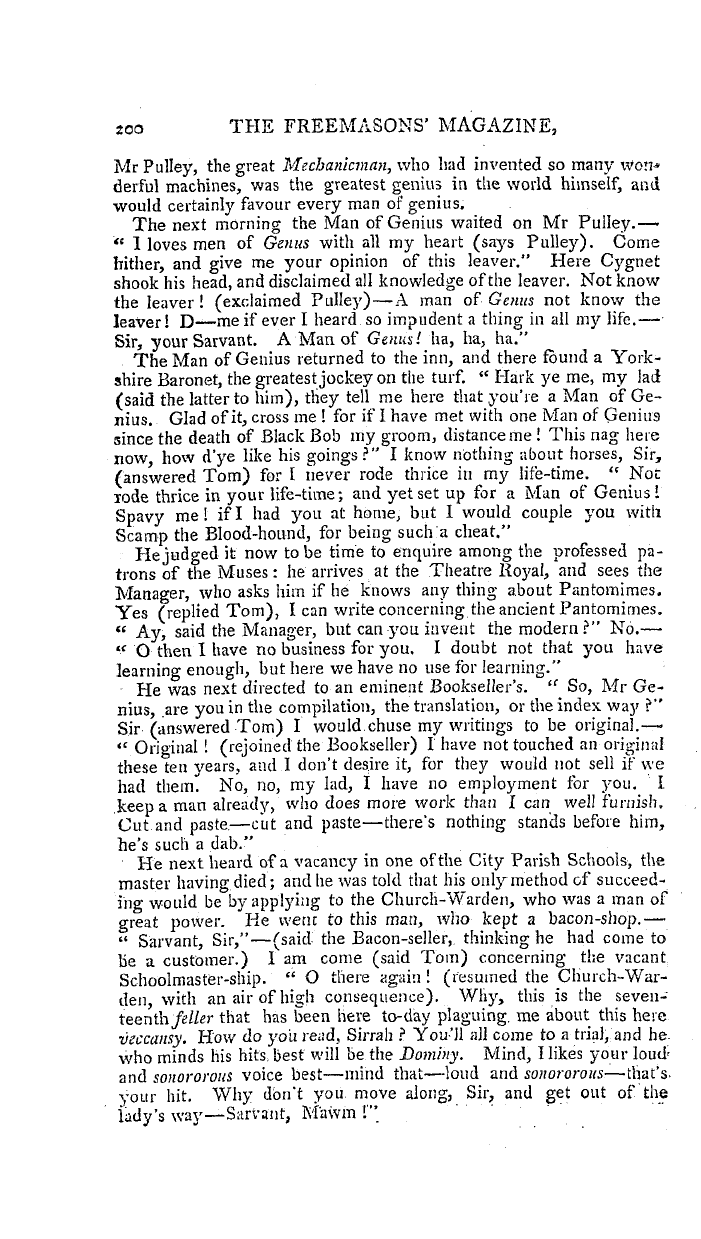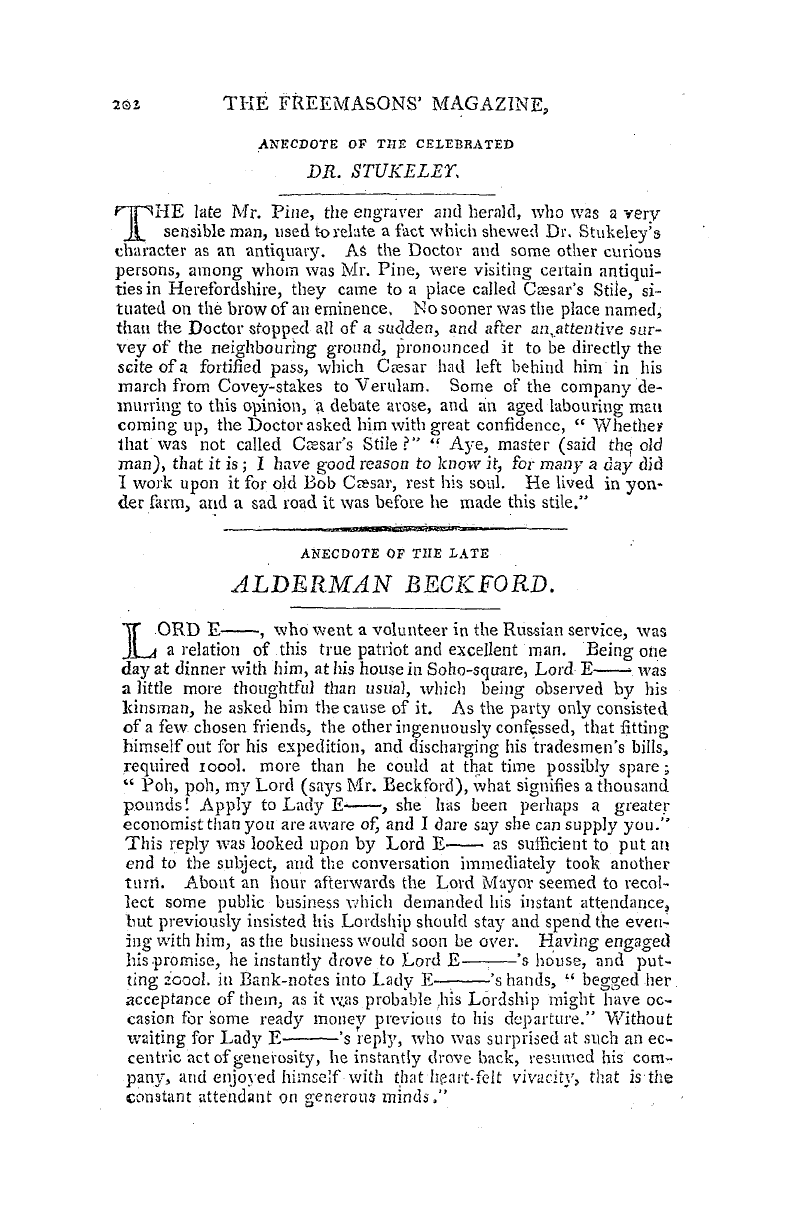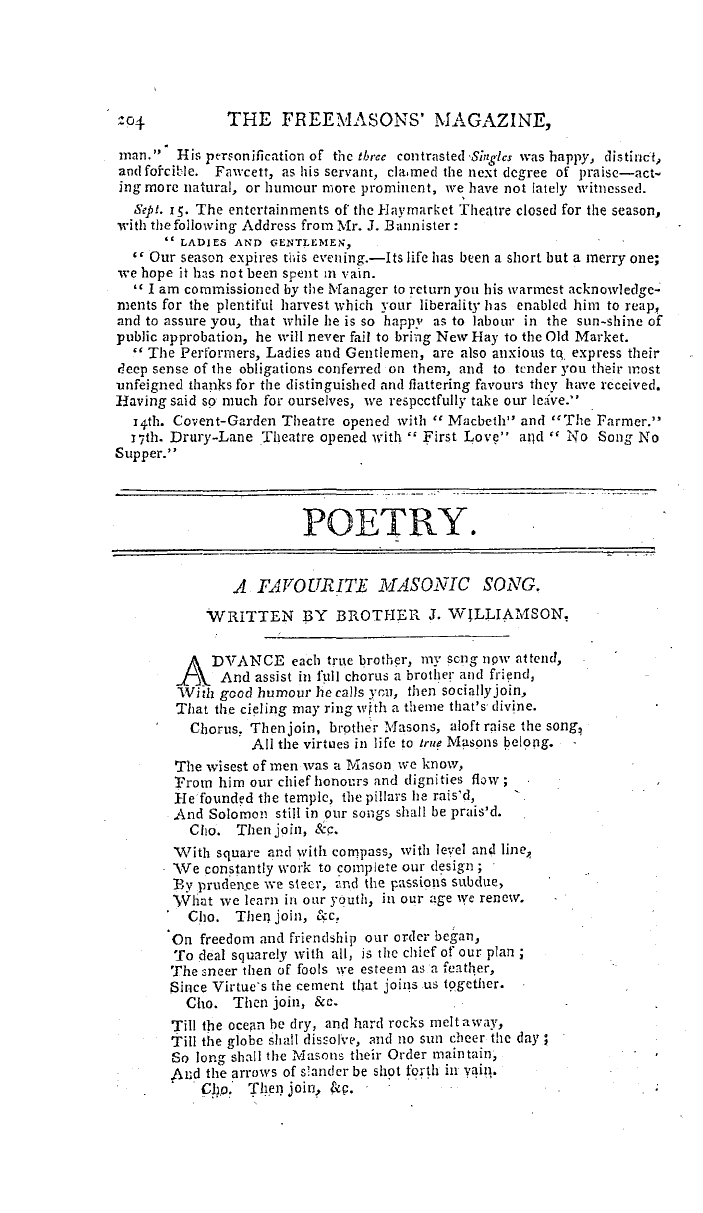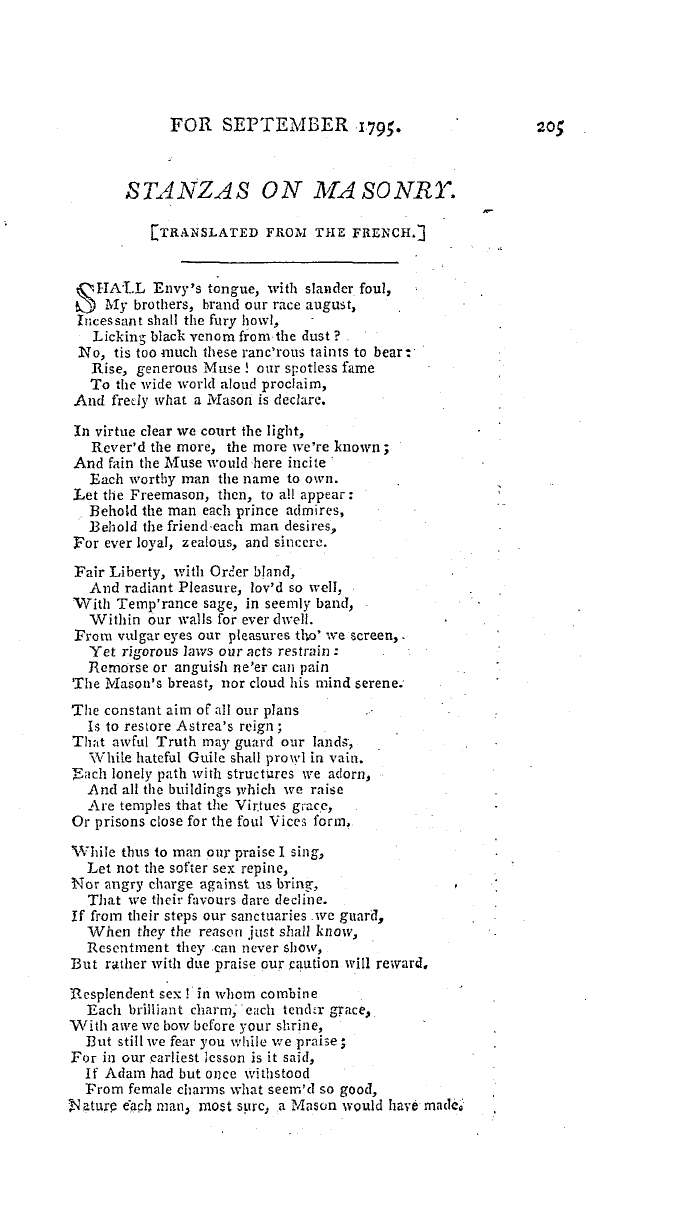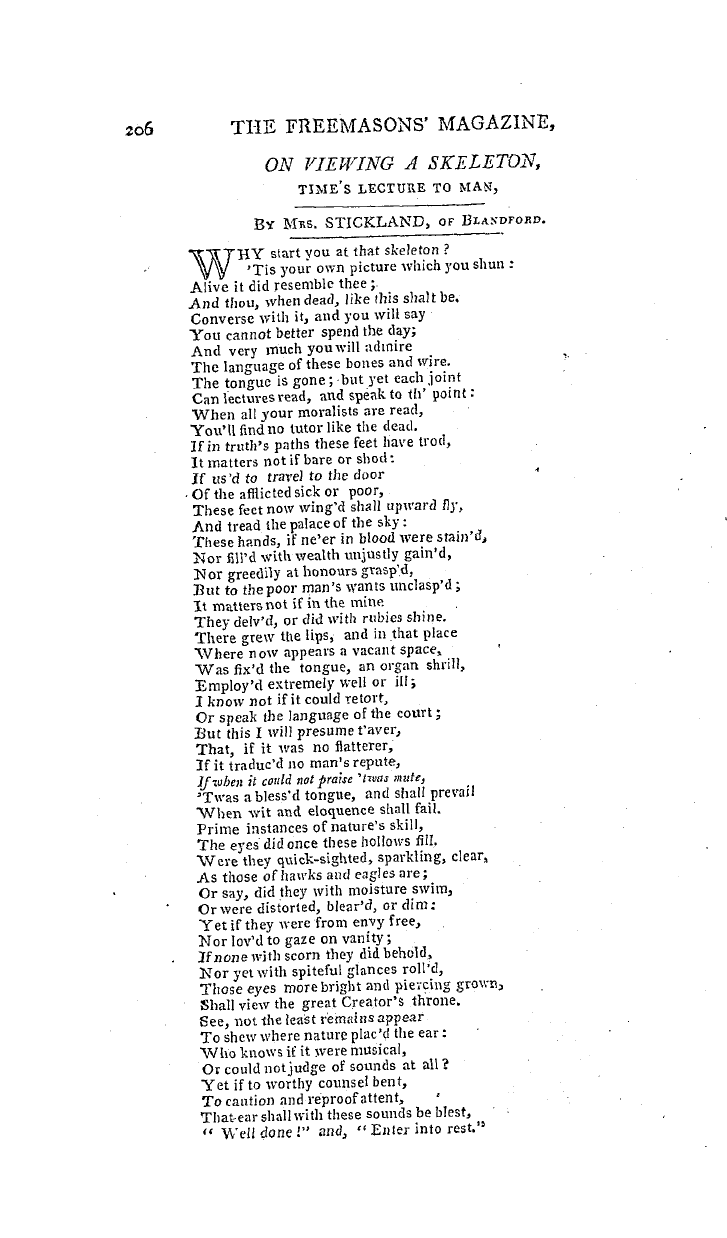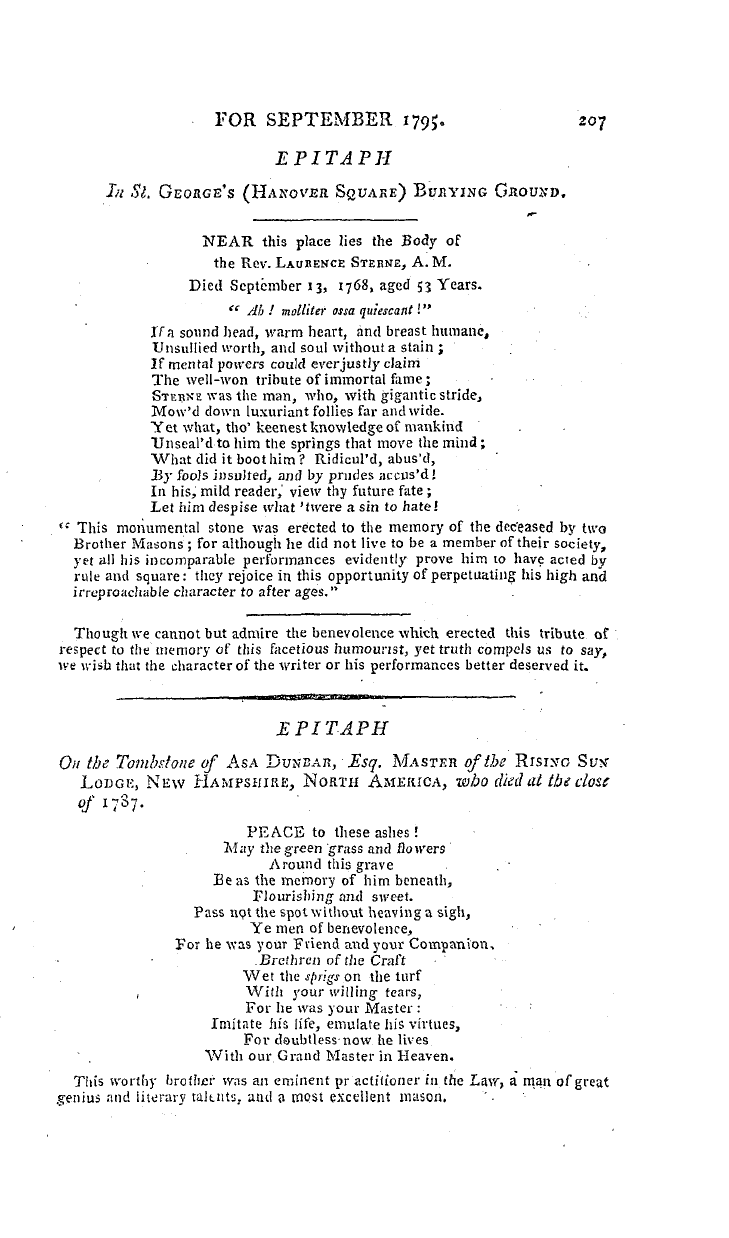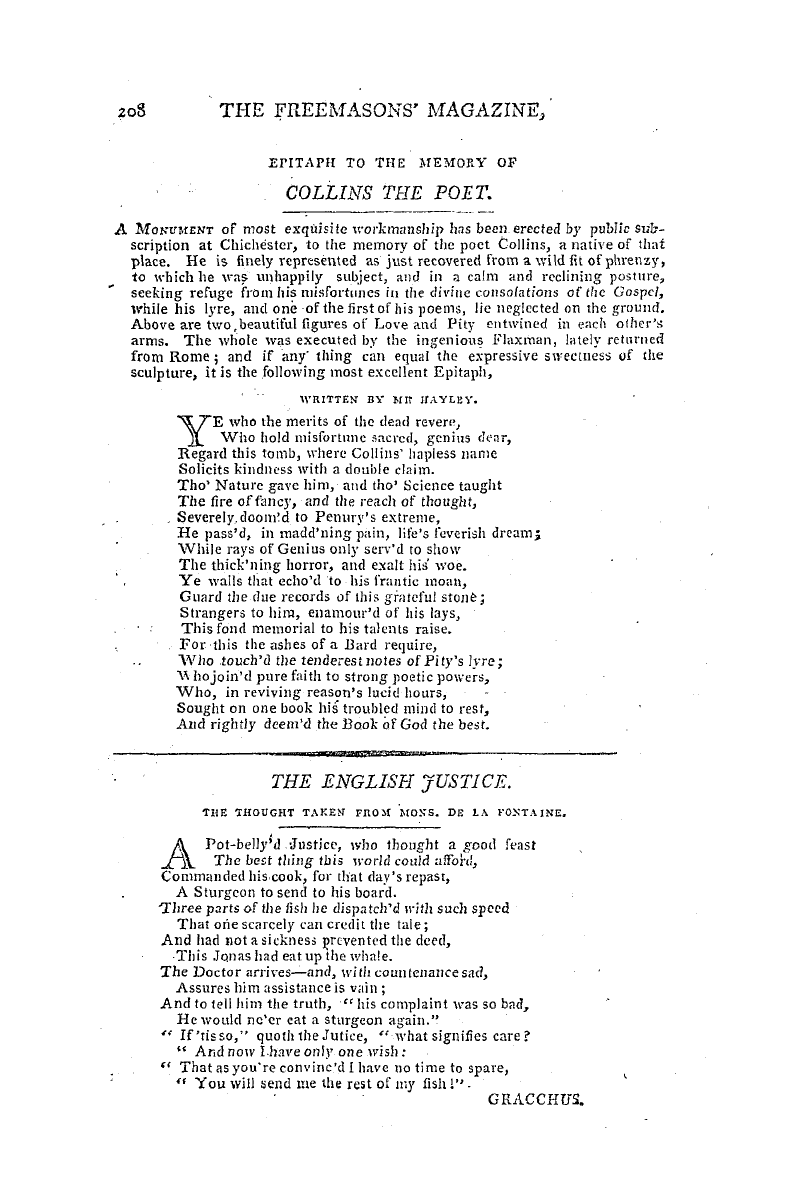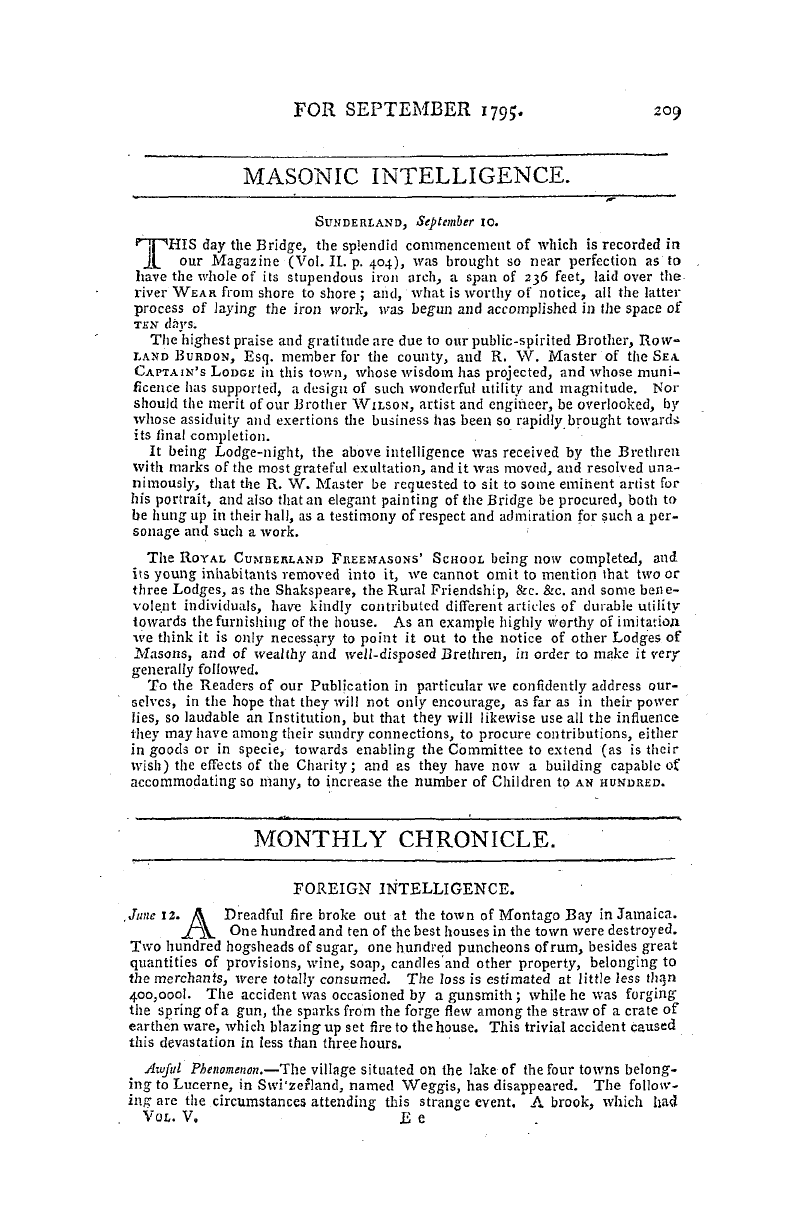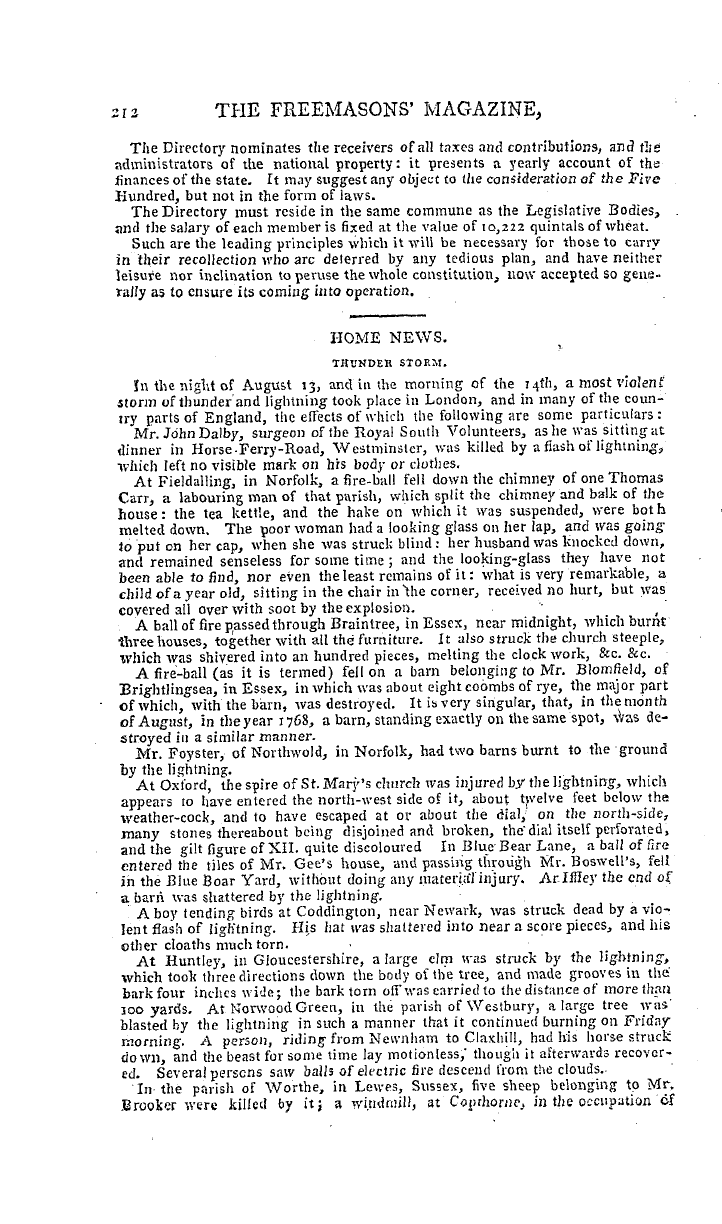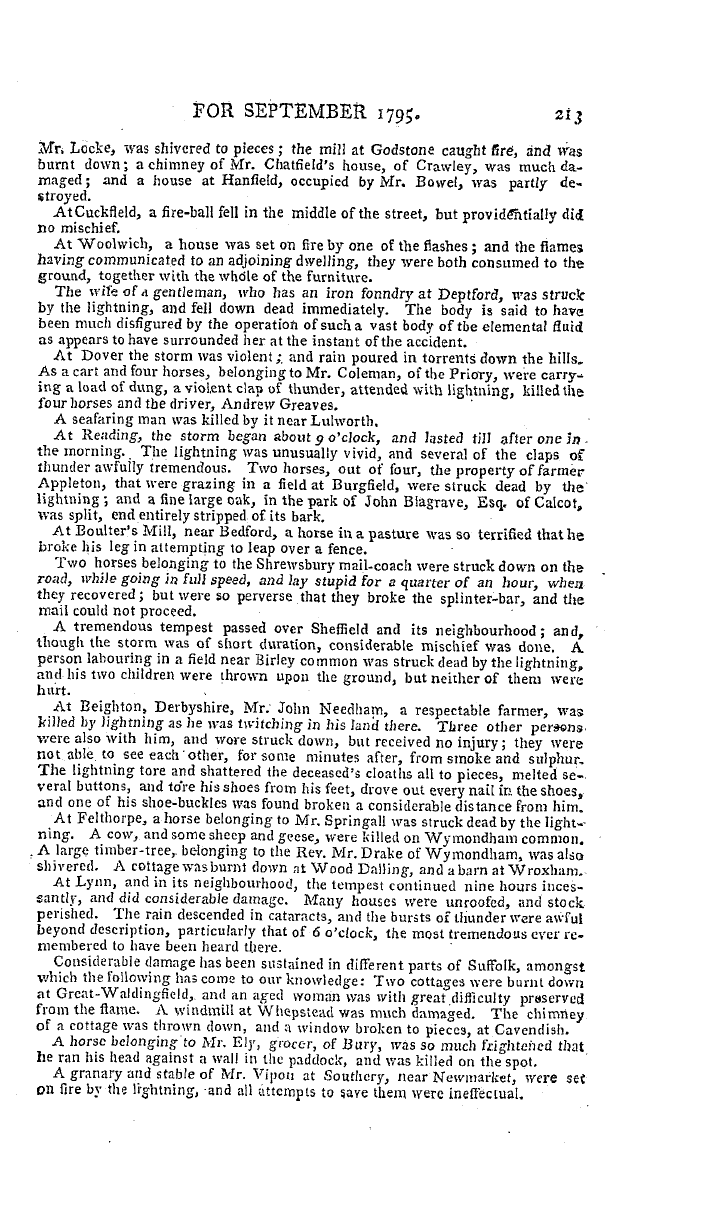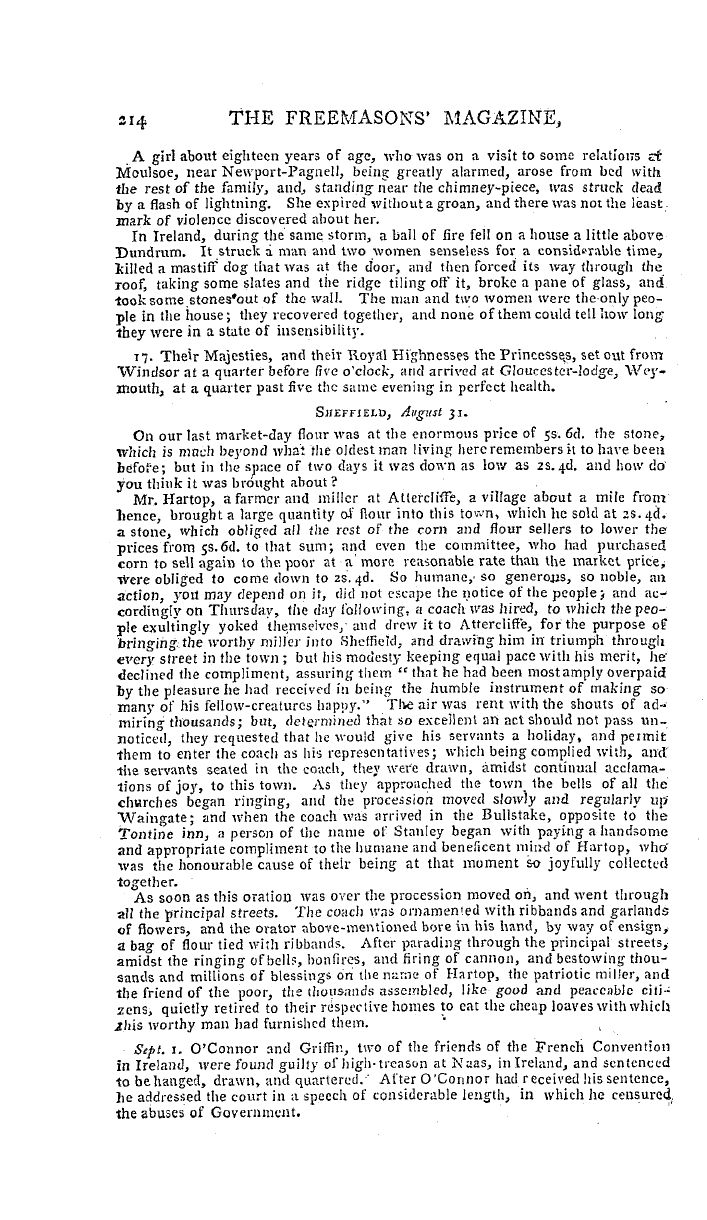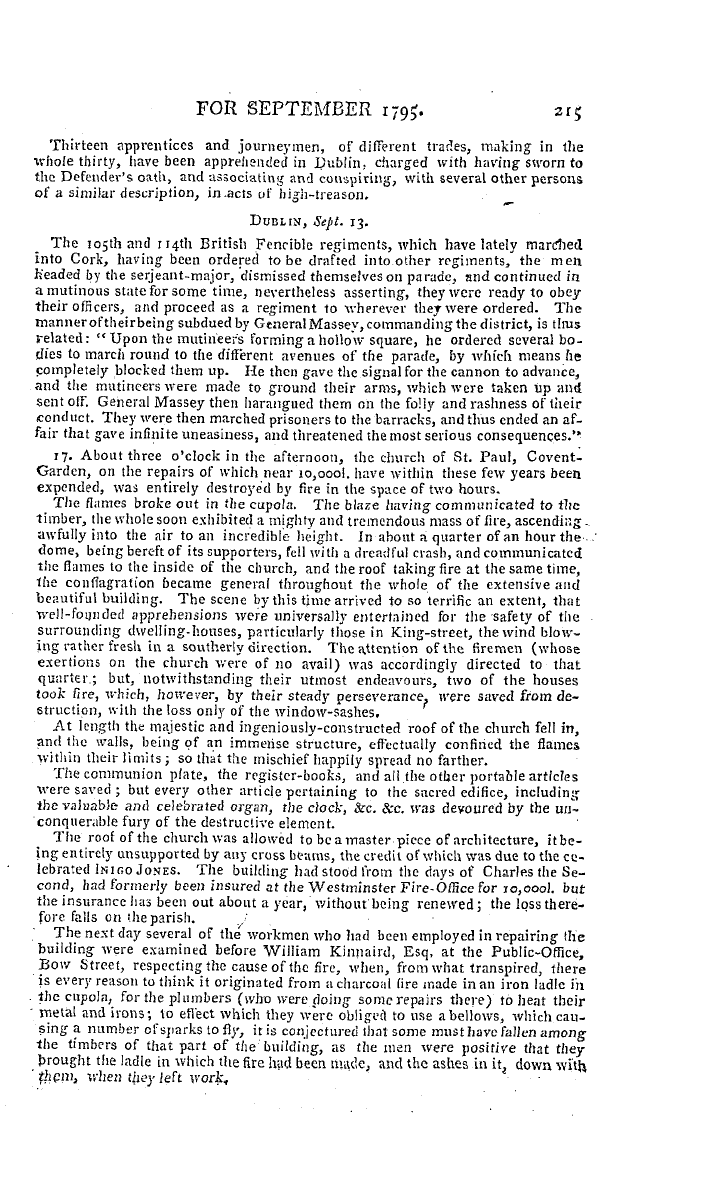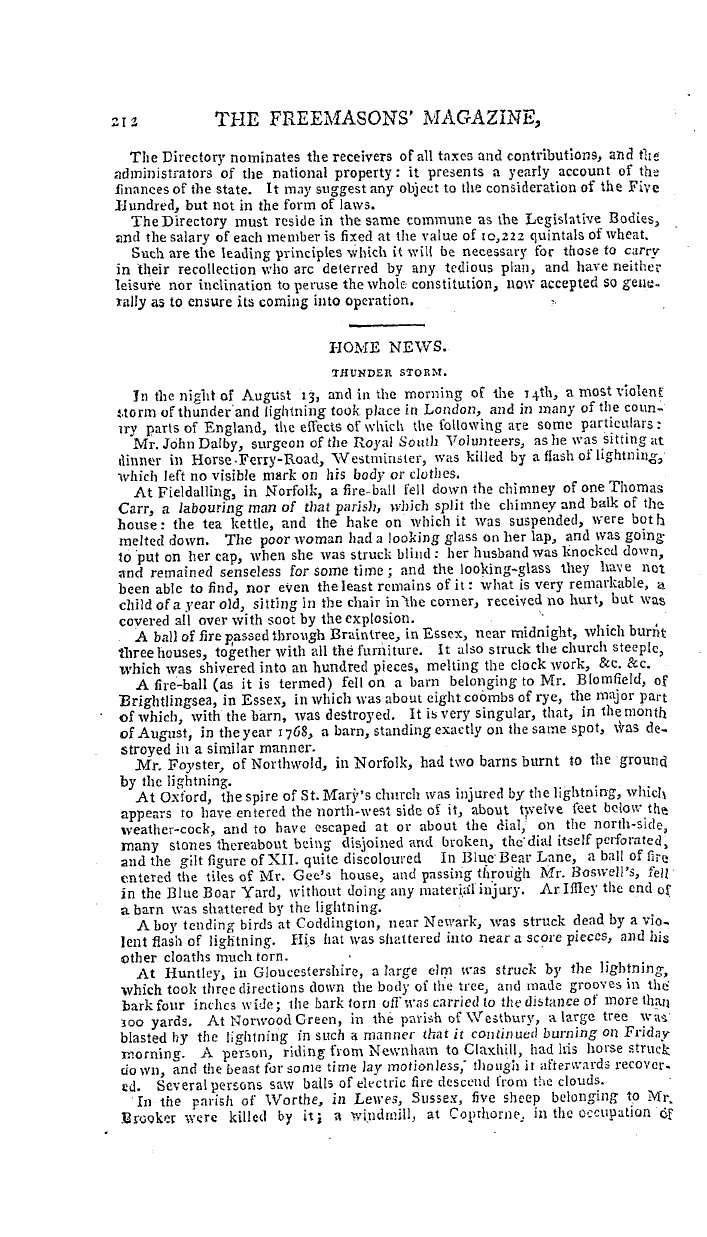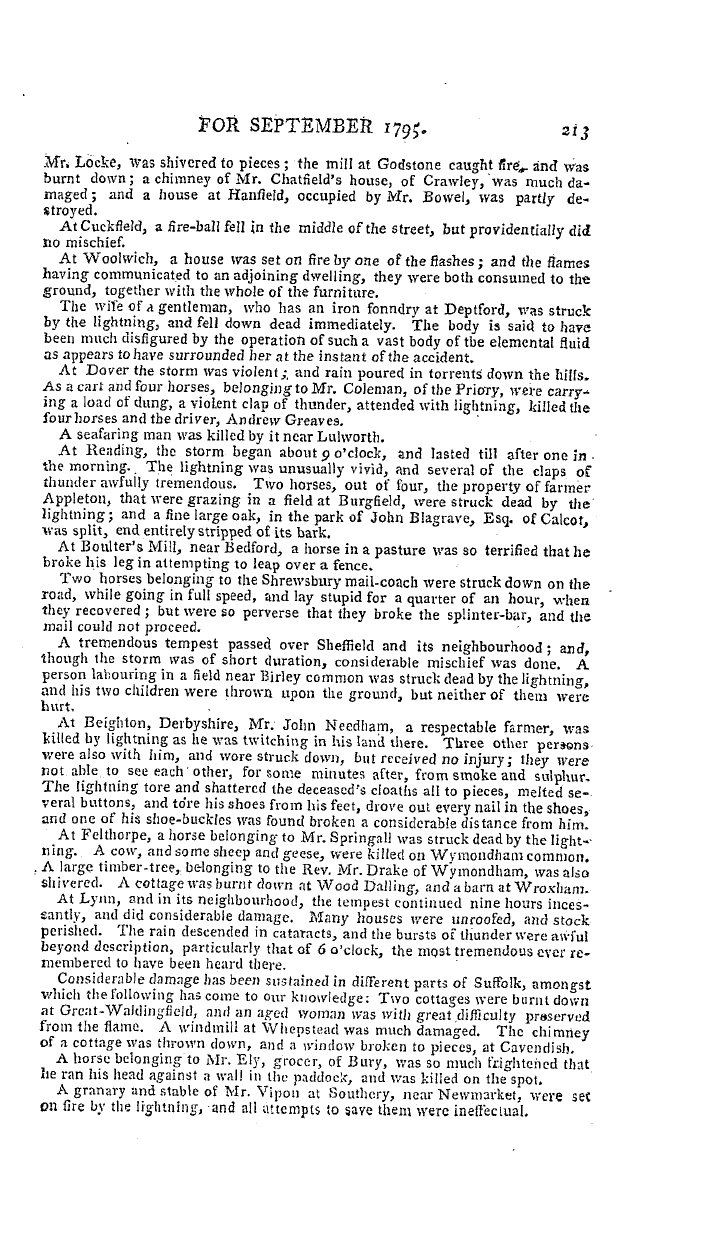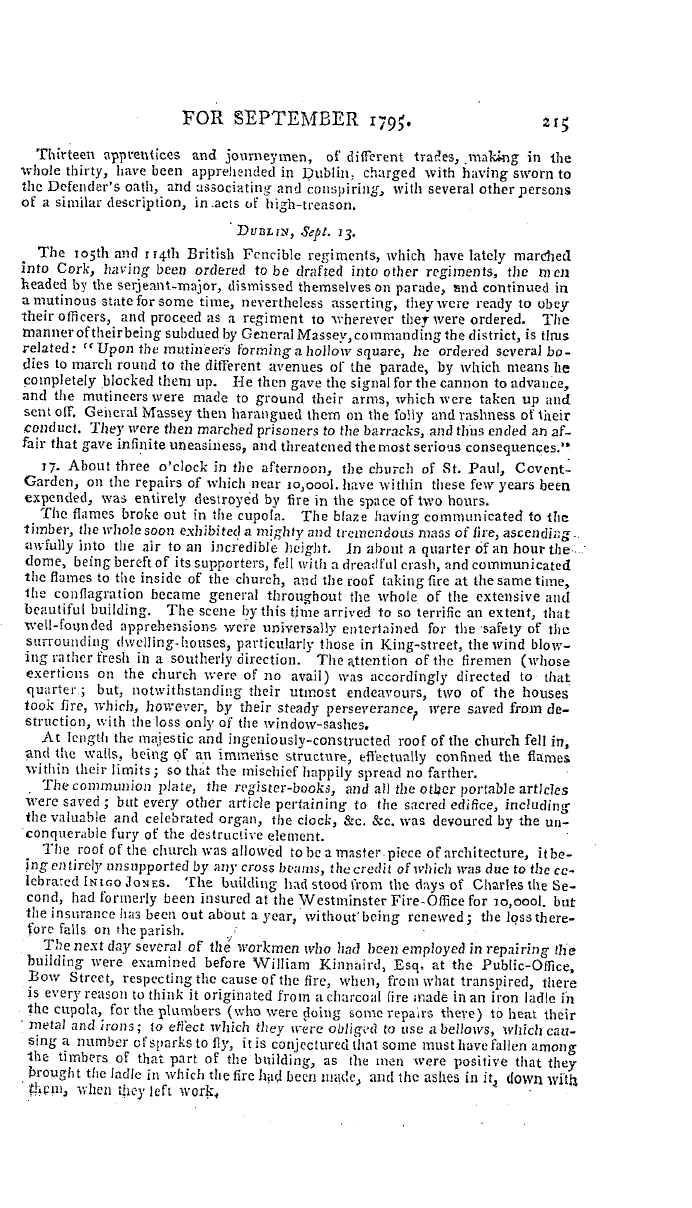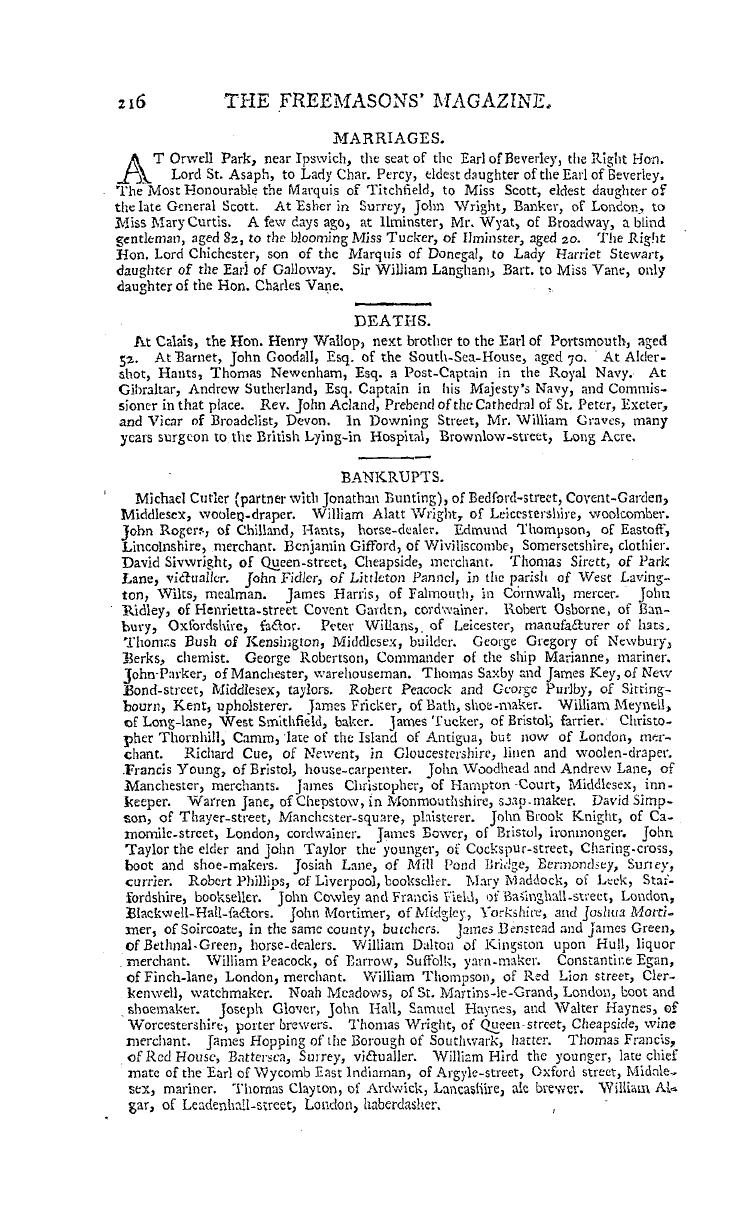Note: This text has been automatically extracted via Optical Character Recognition (OCR) software.
Ar02500
duce it , is the Sketch : this is what begins to give a real being , and independent of the mind , to the object he is about to paint ; and this gives him the bounds he is to observe : it is called the Desi » n . The second operation is , to place the li ghts and shades , to give objects their proper jutting , roundness , and relievo ; to connect , detach them from the lanto draw them nearor to lengthen them from the
p , , spectators . This is the Clair-Obscitre . The third , is to lay on the colours , such colours as those objects have in nature , to blend , to shade , and weaken them as there is occasion , in order to make them appear natural : this is called Colouring . These are the three Rules of p icturesque expression ' .
OF MUSIC AND DANCING . Music had formerly a much greater compass than it has at present . It gave graces to all kinds of sounds and gestures : it took in singing , dancing , versification and declamation : ars decoris in vocibus & motibus . But since versification and dancing have formed two separate
arts , and declamation , abandoned to itself , is no longer an art , music properly speaking is reduced simply to what we call tune ; that is , the science of sounds . This distinction nevertheless coming- rather from the aitists than from the arts themselves , which have been always closely connected with one anotherwe will here speak of music and dancing without
, separating- them . The mutual comparison we shall make of one with the other , will help to make us the better acquainted with them : they will bestow light upon each other iu this account , as they give beauty to each other on the stage .
Men have three ways of expressing their ideas and sentiments ; words , tone of voice , and gesture . We understand by gesture , the exterior motions and attitudes of the body : Gestus , says- Cicero , est conformaiio quredam & figura totius oris © corporis . I have named words : first , because they are in possession ofthe first rank ; and that men commonl y give most attention to them . Neverthelessthe tone of voice and gesture have several advantages
, over them : their use is much more natural : \ vc have recourse to them when words fail us ; they are also more extended : they are universal interpreters which follow us to every part of the world , they make us intelligible to the most barbarous nations , and even to animals . In short , they are consecrated in an especial manner to our sentiments . Speech instructs and convinces us ; it is the organ of reasonbut the
; tone and gesture are those of the heart : they MOW , win , and persuade . Speech expresses passion only by means of ideas , to which sentiments are affixed , and iis if h y reflection . The tone and o- esture go directly to the heart . Speech expresses passions b y naming them : if we say , 1 love you or 1 hate you , and do not join some gesture and tone to the wordswe rather express an idea than a sentiment .
, The finest speech in the character of Juliet would have but little .effect on our passions , without Mrs . Merry ' s gesture joined to her elegant and moving tone of voice . Affeclus omnes , languescant necesse , nisi voce , vultu , totius props h . tbitit corporis inardescunt
Note: This text has been automatically extracted via Optical Character Recognition (OCR) software.
Ar02500
duce it , is the Sketch : this is what begins to give a real being , and independent of the mind , to the object he is about to paint ; and this gives him the bounds he is to observe : it is called the Desi » n . The second operation is , to place the li ghts and shades , to give objects their proper jutting , roundness , and relievo ; to connect , detach them from the lanto draw them nearor to lengthen them from the
p , , spectators . This is the Clair-Obscitre . The third , is to lay on the colours , such colours as those objects have in nature , to blend , to shade , and weaken them as there is occasion , in order to make them appear natural : this is called Colouring . These are the three Rules of p icturesque expression ' .
OF MUSIC AND DANCING . Music had formerly a much greater compass than it has at present . It gave graces to all kinds of sounds and gestures : it took in singing , dancing , versification and declamation : ars decoris in vocibus & motibus . But since versification and dancing have formed two separate
arts , and declamation , abandoned to itself , is no longer an art , music properly speaking is reduced simply to what we call tune ; that is , the science of sounds . This distinction nevertheless coming- rather from the aitists than from the arts themselves , which have been always closely connected with one anotherwe will here speak of music and dancing without
, separating- them . The mutual comparison we shall make of one with the other , will help to make us the better acquainted with them : they will bestow light upon each other iu this account , as they give beauty to each other on the stage .
Men have three ways of expressing their ideas and sentiments ; words , tone of voice , and gesture . We understand by gesture , the exterior motions and attitudes of the body : Gestus , says- Cicero , est conformaiio quredam & figura totius oris © corporis . I have named words : first , because they are in possession ofthe first rank ; and that men commonl y give most attention to them . Neverthelessthe tone of voice and gesture have several advantages
, over them : their use is much more natural : \ vc have recourse to them when words fail us ; they are also more extended : they are universal interpreters which follow us to every part of the world , they make us intelligible to the most barbarous nations , and even to animals . In short , they are consecrated in an especial manner to our sentiments . Speech instructs and convinces us ; it is the organ of reasonbut the
; tone and gesture are those of the heart : they MOW , win , and persuade . Speech expresses passion only by means of ideas , to which sentiments are affixed , and iis if h y reflection . The tone and o- esture go directly to the heart . Speech expresses passions b y naming them : if we say , 1 love you or 1 hate you , and do not join some gesture and tone to the wordswe rather express an idea than a sentiment .
, The finest speech in the character of Juliet would have but little .effect on our passions , without Mrs . Merry ' s gesture joined to her elegant and moving tone of voice . Affeclus omnes , languescant necesse , nisi voce , vultu , totius props h . tbitit corporis inardescunt




















































